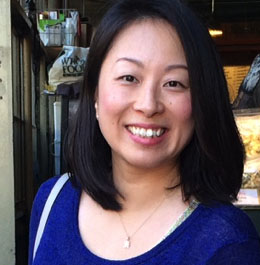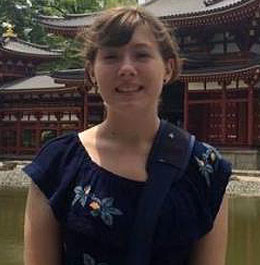Welcome to
Classical Japanese Portal
Welcome to
Classical Japanese Portal
Welcome to
Classical Japanese Portal



Learning the Japanese that people have used in other times gives us a fuller, deeper view of how it’s used in our own here and now. If you’ve spent some time outside the Tokyo area, you know that there’s more than one kind of Japanese today. Similarly, Japanese varies across time, right down to here and now. With this website, you can start exploring the earlier end of how people have communicated in Japanese.
With classical Japanese, you gain access to earlier times, places and people in Japan. Since it’s taught today in high schools in Japan, learning some of the stories, characters, and poems of earlier times—in their original form—means more shared memes with a lot of Japanese people. (Chances are pretty good that, when they find out, they’ll be impressed.)
Finally, you’ll develop an appreciation of how words and other ways of expressing meaning in Japan have evolved over time. This can help reveal how an otherwise mysterious usage today means what it does. Or it can help us notice changes that are happening right now. Even if it has changed over time, like any living language, Japanese today includes much that speakers have been doing for a long time—from the sounds of words, to arranging those words in patterns, to positioning oneself and others socially, and related practices—in short, ways of getting on with the people in your life. In these pages, you can see for yourself.
Classical Japanese Portal was designed and developed by the people on your right.

Content Developer

Content Developer

Content Developer

Japanese Voice-over Talent

Japanese Voice-over talent

Content Developer

Application Developer

Project Director

Content Consultant

Application Developer

Application and Content Consultant

Editor, Classical Japanese Portal

Instructional & UI/UX Designer
We will use 4 selections listed for our study of medieval Japanese.
If you're interested in the site or want to get in touch with the owner, use the email below.